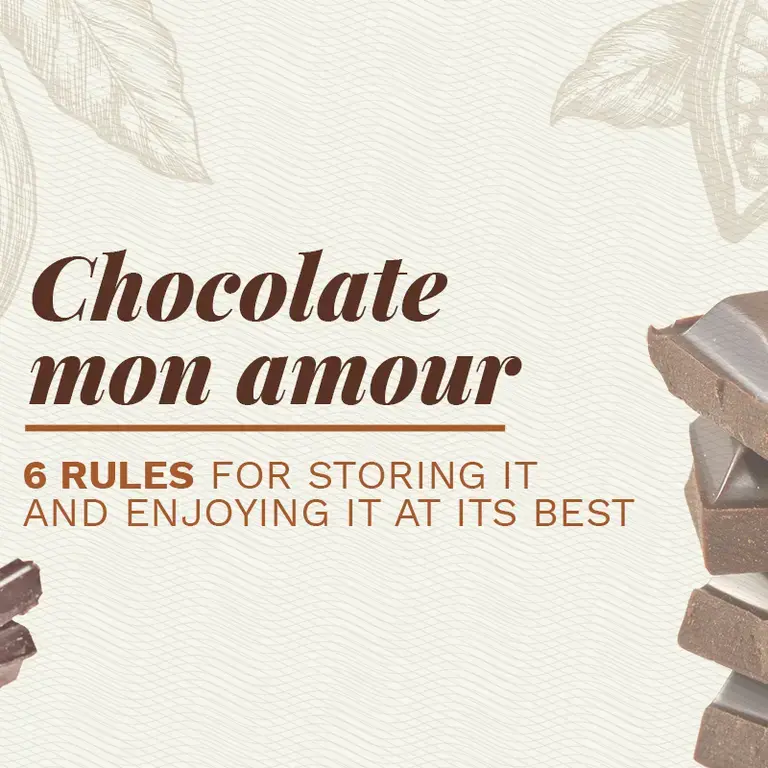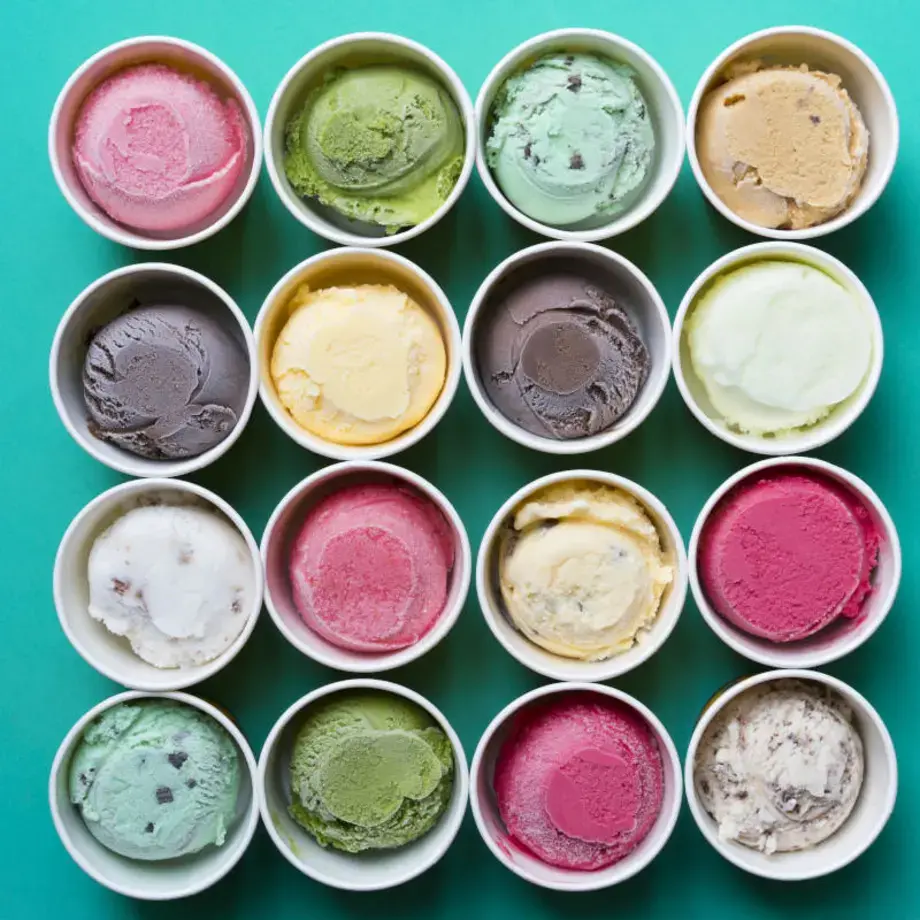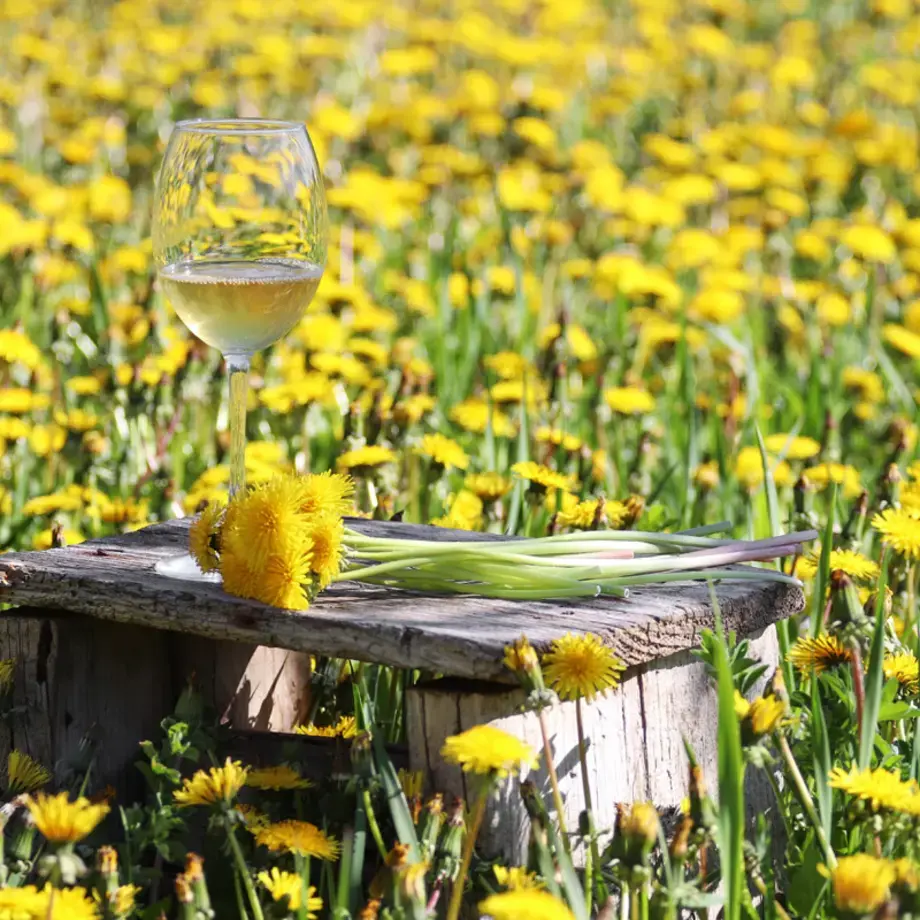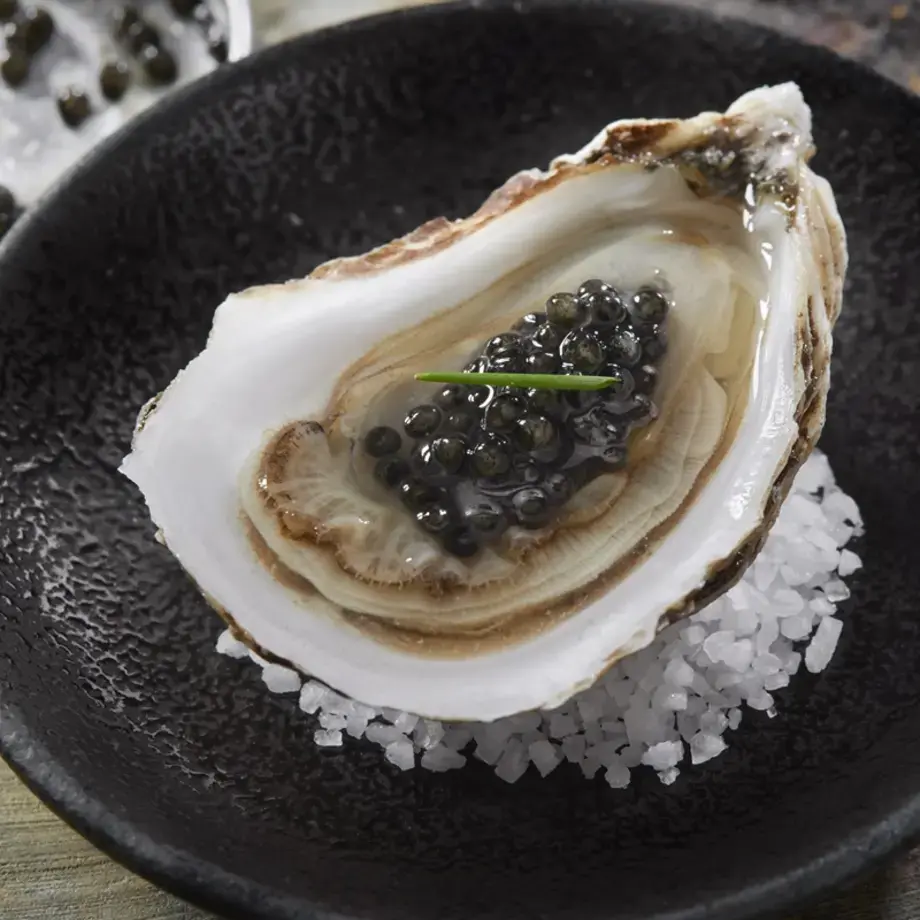Chocolate - the do's and don'ts
Chocolate, boundless love. It was the food of the gods for the Mayas and Aztecs, who would prepare a very special drink with cocoa beans, which was considered sacred. But how much do we really know about chocolate? Fortunately, we do understand that for correct conservation, perfect use in the kitchen, and optimal tasting, there are specific dos and don’ts. Follow this advice on chocolate, and you won’t make any mistakes.
The conservation of chocolate
The first thing we have to think about when dealing with chocolate is how best to store it. It must be remembered that chocolate should absolutely not be exposed to sunlight or subjected to thermal shock. It must be stored at a stable temperature between 14 and 18°C, in a dry place, away from humidity and free from odors. In fact, chocolate is like a sponge: it absorbs volatile particles very easily and, for this reason, it is important to always keep it covered, in an airtight container. It is best to avoid freezing the chocolate: sudden changes in temperature, if not managed perfectly, could cause problems with sugar and cocoa butter surfacing, the so-called flowering, which causes a white patina to appear on the product. Storage in the refrigerator should also be avoided: if you decide to use the refrigerator anyway, it is important to wrap the chocolate in aluminum foil, put it in a food bag, and keep it in an airtight container. And remember to take it out a couple of hours before consumption.
Chocolate as an ingredient
Using chocolate in the kitchen can give great satisfaction: it is the perfect ingredient to make any creation delicious. Be careful, though, because there are rules to be respected for the correct use of chocolate. For cooking, it is better to use dark chocolate, because it retains its structure and organoleptic characteristics better, while white chocolate is made up of sugar and cocoa butter, and tends to disappear and melt completely in the heat. To obtain air-filled pastries and shiny and crunchy coatings for sweets, it is necessary to temper the chocolate: a process that serves to pre-crystallise the cocoa butter present inside it, in order to make it suitable for processing, and to avoid sudden changes in temperature. For a good tempering of dark chocolate, melt it at 50°C, then bring it to 28°C with a spatula and raise it to 31°C. Speaking of temperatures, when melting dark chocolate in a bain-marie or in the microwave, never exceed 50°C, so as not to burn it (48°C for milk chocolate). When using melted chocolate in a dough, be careful never to exceed 32°C.
Chocolate tasting
But how to best taste chocolate? For pure tasting, you must first of all pay attention to the temperature of the product: the ideal is between 18 and 22°C. It is always good to follow a specific order, and avoid random tasting of the chocolate: the sequence of tastings is white - milk - dark, according to the increasing order of the percentage of cocoa mass present in the product. This means that, even in a tasting of only dark chocolate, you start with the one with the lowest percentage of cocoa mass, and then work your way up. We must also remember that chocolate is tasted through the five senses, which are all involved during the tasting:
● Sight: the chocolate is shiny and must not have opaque patinas.
● Touch: the chocolate must have a smooth, lump-free and silky surface.
● Hearing: the chocolate must be broken with the hands, in order to hear the so-called snap, a clear and defined sound.
● Smell: once broken, the chocolate is smelled, to perceive the scents and aromas released.
● Taste: the chocolate is brought to the mouth, initially it is bitten and chewed to perceive the clear snap and the consistency of the well-tempered product, but also to amplify the aromatic notes; then, it is tasted by letting it melt on the palate, in order to appreciate its aromas, persistence, roundness and softness.
Now that chocolate no longer holds any secrets… all that remains is to taste it.







